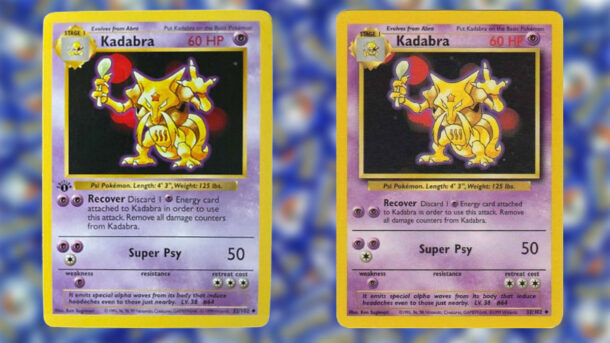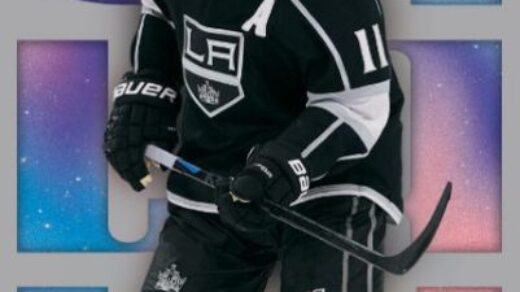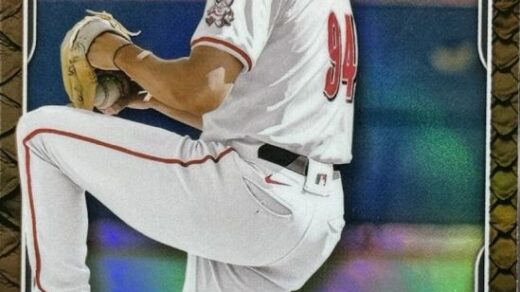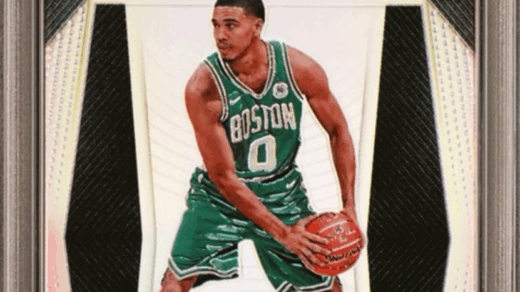The fervor of Pokémon card collecting in the late 1990s sparked a nostalgia-fueled excitement that continues to this day. Among the most debated topics is the comparison of the original Base Set cards, particularly the shadowless and the shadowed Unlimited versions. Although small design differences characterize these cards, their scarcity and potential value can significantly differ, making this delineation a vital conversation for collectors. So, what divides shadowless from shadowed cards, why should you care, and how can you spot them at a glance?
When collectors refer to “shadowless,” they’re talking about the absence of a faint gray drop shadow on the right side of the card’s art window. This subtle detail, or the lack thereof, gives the cards a flat, two-dimensional appearance across their frame, contrasting with the shadowed versions that possess that little gray line. This tiny tweak adds depth, suggesting a 3D look, bringing a change that defines the Unlimited or shadowed cards. The shadowless ones come from an era predating these shadowed editions, sitting between the rarer First Edition cards and the more common Unlimited shadowed variants.
Let’s unravel the timeline for clear understanding. Initially, the First Edition Base Set hit the market, distinctively marked with a black stamp and adhering to the shadowless layout. It was followed by the release of shadowless cards minus the First Edition stamp, maintaining the same visual format. Lastly, the massive print run of Unlimited shadowed cards began, encompassing the shadow design within their layout. Most kids who tore open packs in late 1999 would remember these Unlimited versions as the types they were likely to find.
Why is this differentiation crucial to collectors? Shadowless cards rest in a sweet spot of scarcity. They are rarer than the Unlimited cards but more attainable than First Edition ones. This scarcity frequently reflects in their price point, particularly for iconic Pokémon like Charizard, Blastoise, and Venusaur. When encapsulated in a grading slab, the word “Shadowless” can dramatically influence the card’s trading value.
For those trying to spot these differences without the luxury of grading slabs, here are some visual tells. First, assess the picture frame – shadowless cards will have that distinct flat look without the gray bar lining the righthand side of the art window. The HP text is another giveaway: in shadowless cards, it appears thinner with tight spacing, whereas the shadowed cards have bolder and slightly spaced-out text. Furthermore, the border tone offers a clue; shadowless prints often showcase a lighter hue, softer ink, and thinner text in comparison to the richer tones of shadowed prints. These distinctions, though subtle, can be your guiding light in sorting through a mixed collection.
On the practical side, let’s walk through some of the most sought-after examples. A First Edition Charizard naturally adopts the shadowless look because it is part of that original print run bearing the stamp. Removing that stamp leaves us with the signature shadowless Charizard, rarer than the later Unlimited shadowed version, thus enhancing its market appeal. Meanwhile, the 2-Player Starter Set’s inclusion of a First Edition Machamp in shadowless form makes it an excellent trainer for your eyes to identify shadow variations quickly.
Unbeknownst to many, these shadow tells apply across all card types in the Base Set – that means Trainer and Energy cards are also part of this scrutiny. Random collections could host a medley of shadowed and shadowless variants, which your keen eye can now discern. Pursue an appreciation for the tiny differences as they can mean a leap in value, especially when it comes to grading.
Common mix-ups can throw collectors off. Some mistakenly believe shadowless applies to sets beyond the Base Set, such as Jungle or Fossil. A reminder: only Base Set cards exist in shadowless form. Also, don’t confuse the “1999–2000” copyright line of late Unlimited prints circulating in the UK with shadowless prints – they are still shadowed.
If you’re hesitant about taking your collection to the next level, a simple checklist on your phone helps eliminate the guesswork. Scan the right side of the art window: no gray bar means shadowless. Check the HP details: is it thin and tightly spaced? And does the card flaunt a lighter overall ink and finer text? Confirmation of your set target helps solidify your sorting sequence. As you identify one card’s missing shadow, the pattern repetition simplifies your sorting task, refining your binder’s worth.
From a pricing perspective, First Edition Base remains at the zenith of desirability. Shadowless cards follow closely, with strong premiums for stars like Charizard. The shadowed Unlimited cards, while more ubiquitous, still hold premium value for prominent names, especially in pristine condition.
When dusting off those childhood collections, keep an eagle eye out for shadow changes around the art box. Once spotted, like riding a bike, you’ll instinctively identify subsequent finds. Your organizer efforts will transform from chaotic to categorical, revealing gems otherwise hidden behind a misplaced shadow.




